Joseph Sugarman is a legendary copywriter who started a mail-order business, JS&A Group, through the power of his pen. He’s also the author of The Adweek Copywriting Handbook.
Here’s a sampling of the marketing successes he’s known for:
- He once offered $10 off for every spelling error found in his copy, which purposefully included errors. Some people spent hours searching even though they weren’t interested in the product.
- He sold a used airplane valued at $190,000 for $240,000 through a single magazine ad.
- He pioneered the concept of using toll-free numbers to accept credit card orders by phone before anyone else started accepting credit cards over the phone.
He’s also known for his hilarious, long-copy approach for copywriting and his out-of-the-box thinking for direct sales and marketing.
If you want to learn more about him, The Adweek Copywriting Handbook is a great place to start. You’ll learn about his style and philosophy, and you’ll also learn a lot about marketing and copywriting along the way.
But just in case you aren’t ready to read the book (or in case you never will), this post discusses seven copy lessons that can be learned from the legendary Mr. Sugarman. If you decide you want more after reading this list, go ahead and click over to Amazon.com to buy the book. You’ll be happy you did.
Lesson #1: Become An Expert
“You must become an expert on a product, service or anything you write about to really be effective.” (p. 16)
The first step in the copywriting process is to become an expert in whatever you’re about to sell. Whether it’s a product or a service, you need to pick up enough specific knowledge to find the right details to effectively sell to customers.
In his book, Mr. Sugarman tells the story of researching a watch for three days before choosing the laser technology used to make the watch as his angle for introducing the product. He then credits this detail with leading to millions of dollars in sales.
It’s possible to breeze over this step when writing about a product or service, but copywriters know that the more details they’re knowledgeable about, the more likely they are to find a breakthrough angle.
For example, if someone was to write copy for a product, they would need to spend time to learn how it works. If it’s a vastly powerful product, and a vague understanding won’t cut it. A copywriter would need to spend adequate time researching the product to learn how to present it in the best way.
Lesson #2: Know Your Customers
“If it is your assignment to write copy for a product or service that you really don’t have a feel for, then you have a great deal of studying to do to make sure you understand who your customer is and what motivates him or her.” (p. 17)
Knowing your customers is another important step in the copywriting process. It’s critical to know what they like, what they don’t like, and how they think. You want to know what interests them and what makes them excited. Knowing your customers helps you to speak their language, write about the right benefits to sell the product, and overcome any purchasing hurdles.
Grasshopper is a great example of understanding the customer. Their homepage headline says “Sound Like a Fortune 500 Company.” Why? Because that’s exactly what their target customers want. Grasshopper knows that sounding big and successful is exactly what’s important to small businesses.
Lesson #3: Write Quickly
“Another fact to realize about writing copy is that the first draft of an ad is often terrible and the real skill in copywriting is taking that rough draft and polishing it…I often pointed out to my students that if everybody in the class were given the assignment of writing a draft of an ad for a product, the first draft of my ad would quite likely be terrible compared to everybody else’s. It is what I do with the copy after my first draft that really makes the difference.” (p. 24)
You may not know this yet, but rewriting is the secret to any kind of writing, not just copywriting. Whether you’re writing the first draft for a homepage, a landing page, or an e-mail sales letter, it’s best to let the copy flow unhindered. The goal is to get something onto the page. You can always change it by altering or deleting words, phrases, or paragraphs, but it’s impossible to improve copy until it’s written down.
You also want all of the ideas, experiences, and knowledge hidden in the back of your brain to come out in an unhindered way. As soon as you start editing, you limit the ideas that come out of the emotional and creative parts of your brain.
CrazyEgg is an example of long copy used on a homepage. If I were to write a sales page this long, I would first do the necessary homework, and then I would write a quick first draft in order to capture the best ideas. After this first draft I would go back and rewrite like crazy. This is the same process I use for blog posts. I crank out a first draft as quickly as possible, and then I go back to polish and make it better. Writing quickly without self editing is the best way to capture the best ideas and write something that can be improved later.
Lesson #4: Get The First Line Read
“All the elements in an advertisement are primarily designed to do one thing and one thing only: get you to read the first sentence of the copy.” (p. 29)
It’s easy to overlook this point when it comes to web and advertisement design. It’s easy to get caught up in how beautiful a picture is or how perfect the design needs to be, forgetting that the point of every design element is to get the first line read. If the first line doesn’t get read, then the headline, the layout, the design, and the pictures aren’t doing their job.
Design should never distract from the message, and aesthetics should never trump effectiveness. Surprisingly, this happens a lot with print and web design.
Highrise uses a unique approach to get the first line of their homepage copy read. They have a giant customer photo on the homepage next to a customer quote. The combination of the photo and quote helps to ensure that the first line gets read.
Lesson #5: Frame Effectively
“Your ad layout and the first few paragraphs of your ad must create the buying environment most conducive to the sale of your product or service.” (p. 38)
What does this mean?
It means you need to create the right frame through which people view your product or service. Businesses do this with professional offices and stylish reception areas, and art galleries do this with chic decor.
When it comes to selling online or through an ad, the frame in which people see your product or service is determined by your site’s style and the design. Fire sale ads use lots of red and yellow; luxury ads use more black, gold, and silver. All of the design factors work together to create the right buying environment for each individual product.
Freshbooks does this well with their website design. It’s clean, bright, and uncluttered. The overall impression is that Freshbooks is a professional, trustworthy company that knows how to do business online in 2012.
Lesson #6: Create A Slippery Slide
“Your readers should be so compelled to read your copy that they cannot stop reading until they read all of it as if sliding down a slippery slide.” (p. 49)
Every copywriters’ job is to get the copy read. This is accomplished by creating a slippery slide of copy that compels people to keep reading.
People argue about whether short copy or long copy is best, but the reality is that copy should be as long as it needs to be. If people are interested in a product, they’ll naturally read as much as they can about it; if they’re not, they’ll hardly read anything. The copywriter’s job is to get people who are interested to keep reading. This is accomplished by creating a slippery slide of copy that people can’t resist reading all the way to the end.
Basecamp does this well with their new landing page for single-page projects. The headline draws readers in, and the layout and copy keep people reading. The handwritten text especially helps to illustrate how Basecamp will be beneficial to customers.
Lesson #7: Target Emotions
“You sell on emotion, but you justify a purchase with logic.” (p. 66)
One of the most important lessons any marketer can learn is that people buy primarily based on emotions. Initially they want a product; then they justify why they need it.
In order to increase sales, you want to first target customers’ emotions. After doing so, features can be used to justify the purchase logically and give people reasons to buy. But everything starts with emotions and creating a desire for your product.
MailChimp does this on their homepage by talking about “Easy e-mail newsletters.” What do people want? They want newsletters that are easy. They don’t want anything frustrating or complicated. MailChimp starts by targeting what people want, and then they follow up with reasons why MailChimp is helpful.
The Wrap-Up
With all of this said, it’s important to reflect on the purpose of compelling copy. What is it really for? Mr. Sugarman gives the purpose for all of this in one phrase: “To cause a person to exchange his or her hard-earned money for a product or service.”
Remembering this is critical.
The point of ads, marketing campaigns, and web designs is not to win awards or create the most beautiful design possible. The point is to create the optimal presentation with the most persuasive copy in order to convince customers to purchase a product or service.
You can teach yourself how to do this by reading books like The Adweek Copywriting Handbook, or you can hire a professional copywriter. How you accomplish it is up to you, but the effectiveness of excellent presentation with persuasive copy speaks for itself.
About the Author: Joe Putnam is the founder of ConversionEngine, an agency that combines CRO with PPC to help businesses run profitable paid ad campaigns. He’s helped organizations increase SEO traffic 10X, cut their cost per acquisition in half, and 20X their leads from AdWords. Visit now to learn more.
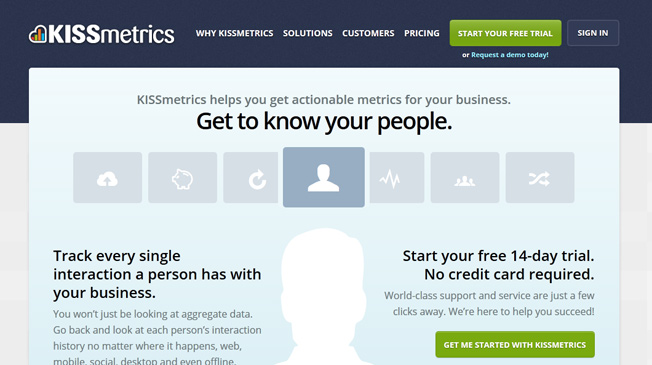
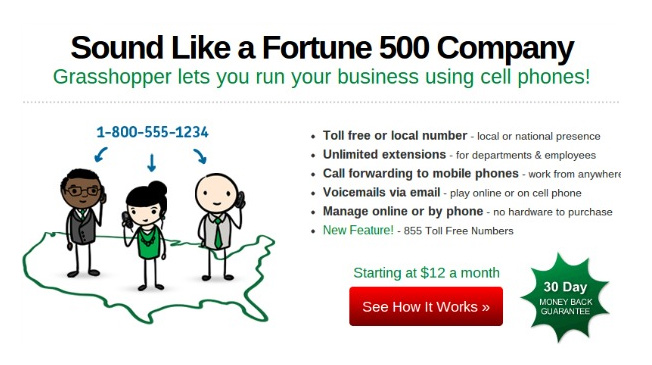
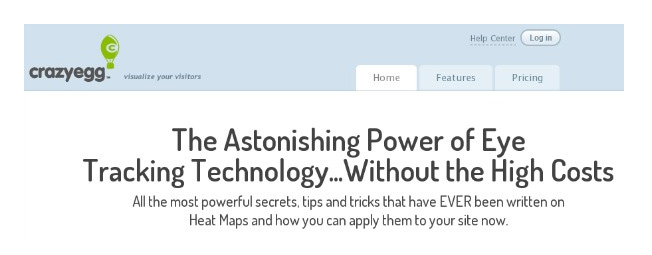
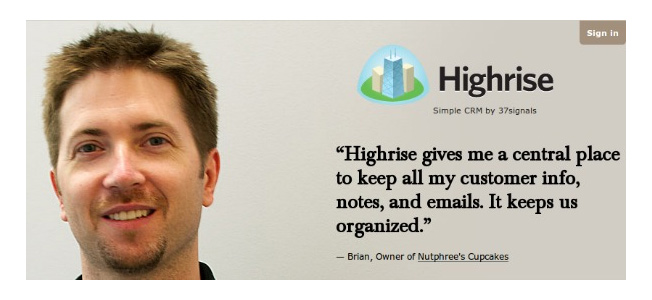


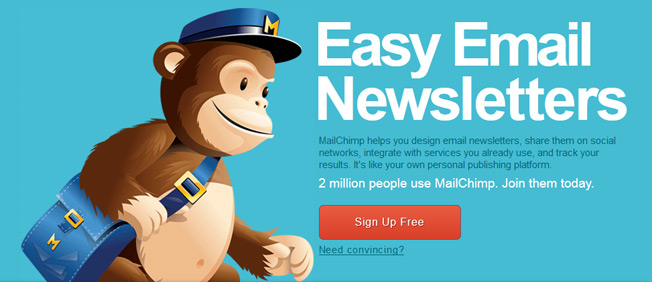
Comments (20)